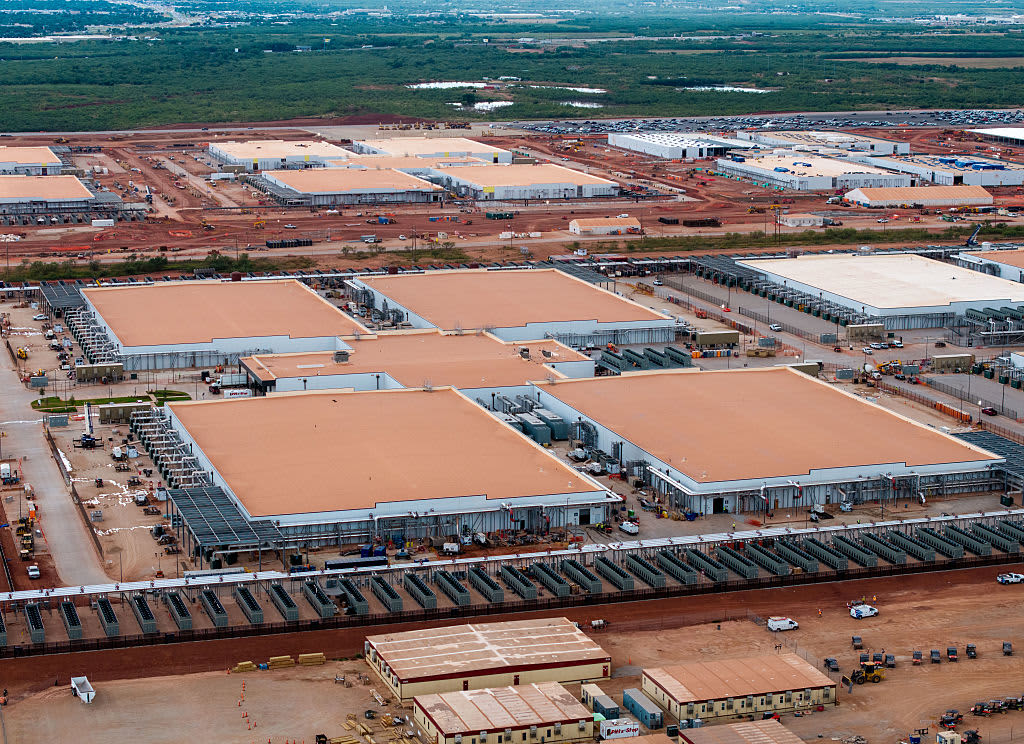By Lee Ying Shan
Copyright cnbc

However, a funding gap is emerging, the panelists noted. While global data center appetite is strong, the pace and scale of these projects are straining traditional lenders, said the panelists.
“Banks are certainly challenged around their data center exposures, given the sheer volume and quantum of the build that’s going on, what it costs to put that capacity in place,” said CapitaLand Investment’s Moorjani.
A hyperscale facility — which is a massive data center — costs $12 million per megawatt to build, and modern hyperscale data centers range from 150 to 300 megawatts, according to Columbia Business School. AI-centric facilities that exceed 1 gigawatt in capacity will require multi-billion-dollar investments.
A gigawatt is 1,000 megawatts of power, while a megawatt is 1 million watts.
“I think increasingly the banks are starting to feel a little bit strained,” Moorjani added.
Boston Consulting Group estimates that hyperscalers will need to invest roughly $1.8 trillion between 2024 and 2030 to meet AI and cloud demand.
“So the biggest question mark for the real estate community is: is there enough capital at the moment?” said JLL’s Crow.
The panelists also noted that the rise of artificial intelligence could reshape physical real estate, particularly office space, as companies reduce headcount and adjust their office footprint needs.
Property consultancy Savills, in a report published September, forecasted a slower rebound in global real estate investment this year. Global commercial real estate investment is expected to rise 8% in 2025 from last year, well below the 27% previously forecasted by the firm.
According to the report, many developers face obstacles such as rising construction costs, financing constraints, labor shortages, and regulatory complexity. Still, large pools of undeployed capital remain available, and major institutional players show little sign of abandoning real estate as a core asset class.



